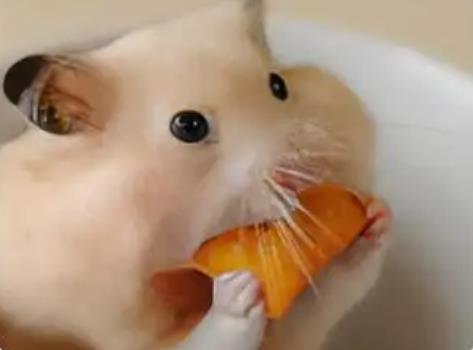Essential Items and Key Considerations for Hamster Care
The following are the must-have supplies and critical precautions for raising hamsters, compiled based on scientific breeding recommendations:

I. Basic Survival Requirements
Cage
Size: Dwarf hamsters need at least a 40×30cm cage; Syrian hamsters require 50×40cm or larger.
Material: Acrylic or specialized plastic cages are recommended to prevent wire cages from trapping their feet.
Accessories: Include a running wheel (diameter ≥17cm for dwarfs, ≥25cm for Syrians), a hideout, and a food bowl.
Bedding
Layer 5–10cm of dust-free wood shavings or paper pulp. Avoid pine/cedar bedding (contains harmful phenols).
Replace 1/2 of the bedding weekly and disinfect the cage thoroughly monthly.
Diet
Main Food: Use specialized hamster pellets (e.g., Belgian or German brands). Avoid high-sugar human snacks.
Supplements: Offer carrots, broccoli, and apple (remove cores). Never feed chocolate, onions, or citrus fruits.
Water: Provide cool boiled water in a ball-bearing water bottle, changing it daily.
II. Health and Hygiene
Grooming Supplies
Bathing Sand: Use dedicated hamster sand (never cat litter or water baths). Hamsters self-groom by rolling in the sand.
Chew Toys: Include a tooth grinder or apple branches to prevent teeth from overgrowing.
Temperature Control
Maintain 20–25°C. Use a ceramic tile for cooling in summer and add extra bedding or a cotton nest in winter.
III. Behavior and Safety
Solitary Instinct
Hamsters must be kept alone; co-habiting leads to fatal fights.
As nocturnal animals, avoid disturbing them during the day.
Enrichment
Add tunnels, climbing frames, and toys to enrich their environment and reduce anxiety.
IV. Easily Overlooked Details
Noise Management
Place the cage away from loud sources like speakers or TVs.
Lifespan Awareness
Hamsters have an average lifespan of 2–3 years; prepare mentally for their short life cycle.
Following these guidelines will ensure your hamster lives a healthy and happy life. For advanced care tips (such as stage-specific feeding), refer to professional breeding guides.
